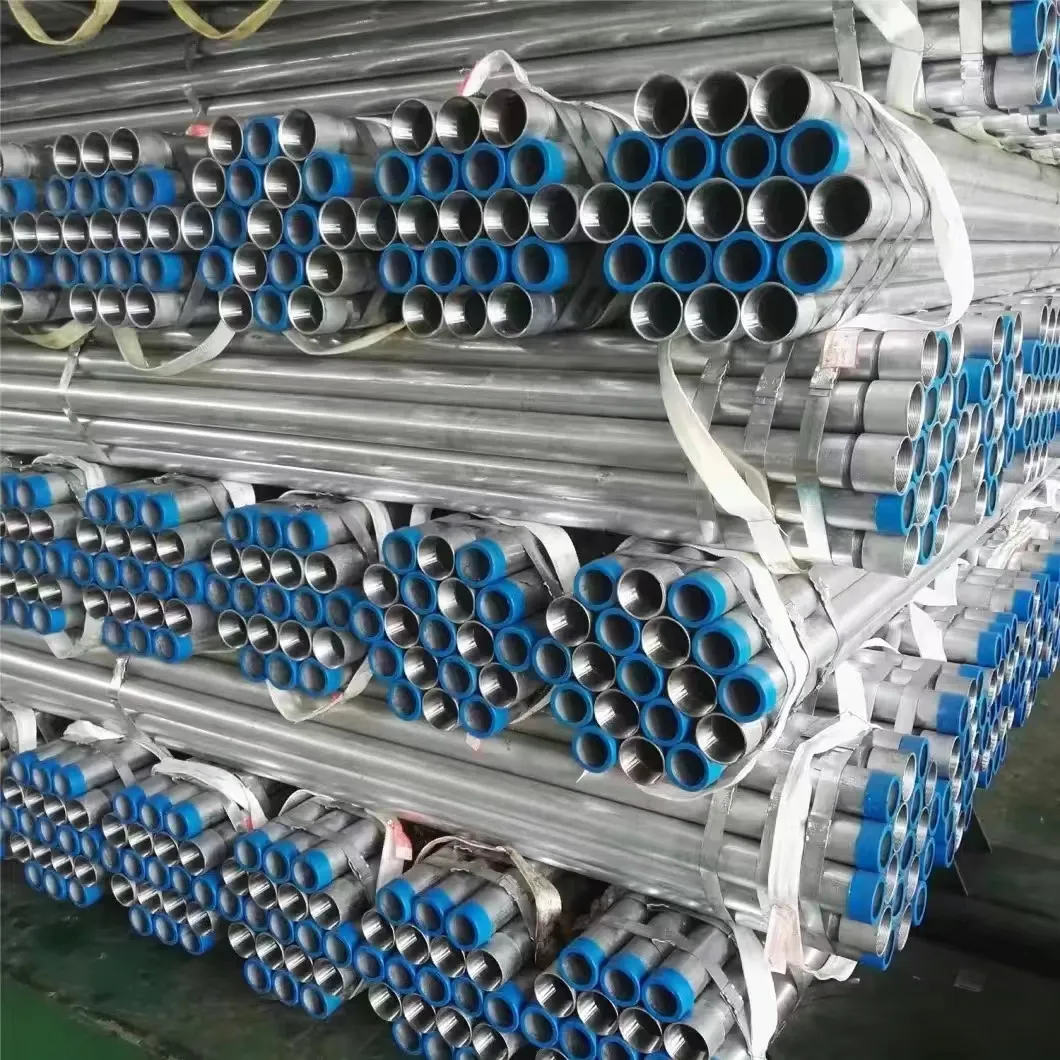Current location:
ms concentric reducer
Date:2025-08-16 17:00:31 Read(143)

Understanding Pipe Caps Essential Components in Piping Systems In the realm of piping systems, pipe caps play a critical role that often goes unnoticed. These seemingly simple components are essential in many industrial applications, from oil and gas to water supply systems. This article delves into the importance, types, materials, and applications of pipe caps, highlighting why they are vital in maintaining the integrity and efficiency of piping systems. What Are Pipe Caps? A pipe cap is a fitting used to seal the end of a pipe or a tube. It is designed to cover the open end of a pipe, preventing fluid from escaping and protecting the interior from contaminants. Pipe caps are essential for various applications, including the maintenance of pressure within systems, protection against environmental factors, and ensuring safety in operations. Importance of Pipe Caps The importance of pipe caps cannot be overstated. They serve several key functions 1. Prevention of Leaks Pipe caps help prevent the loss of fluids, gases, or chemicals that can occur if a pipe is left open. This is particularly important in high-pressure systems where leaks can pose serious safety hazards. 2. Corrosion Protection By sealing the ends of pipes, caps protect them from environmental factors that can cause corrosion. This is especially crucial for pipes that are buried underground or exposed to harsh weather conditions. 3. Maintenance and Safety Pipe caps are often used during maintenance activities to safely cap off sections of a piping system. This is essential for ensuring that no hazardous materials leak out while repairs or inspections take place. 4. System Integrity Maintaining pressure and flow within a piping system is vital for its overall integrity. Pipe caps help keep the system closed, supporting the proper functioning of various processes. Types of Pipe Caps There are several types of pipe caps available, each designed for specific applications. Some of the most common types include 1. Plain End Caps These are simple caps used to seal the end of a plain pipe. They come in various sizes to fit different pipe diameters. 2. Threaded Caps Designed for pipes with threaded ends, these caps screw onto the pipe, providing a tight seal. pipe cap 3. Welded Caps Welded caps are permanently attached to a pipe end through welding. This is often used in high-pressure applications where a secure seal is critical. 4. Flanged Caps These caps are welded or bolted onto a pipe that has flanged ends, allowing for easy removal and maintenance. Materials Used in Pipe Caps The choice of material for pipe caps is crucial, as it determines their durability and suitability for various environments. Common materials include 1. PVC (Polyvinyl Chloride) This lightweight and corrosion-resistant material is often used in water supply and drainage systems. 2. Steel Steel caps, including carbon steel and stainless steel, are used in high-pressure and high-temperature applications due to their strength. 3. Copper Copper caps are used in plumbing applications, particularly in systems carrying hot water, as they offer excellent thermal conductivity. 4. HDPE (High-Density Polyethylene) This material is used in underground applications, as it is resistant to chemicals and UV degradation. Applications of Pipe Caps Pipe caps are used across various industries, including - Oil and Gas To seal and protect pipe ends during transportation and storage. - Water Treatment In municipal water systems to prevent contamination. - Chemical Processing To ensure safe storage and handling of hazardous materials. Conclusion In conclusion, pipe caps may seem like minor components in piping systems, but they play an essential role in ensuring safety, integrity, and efficiency. Understanding their importance, types, and applications can help industries better utilize these fittings, ultimately leading to more reliable and safer operations in their piping systems. Whether in oil and gas, plumbing, or chemical processing, the humble pipe cap is an unsung hero of the industrial world.
Share:
Previous: Flange Design for Hydrant Applications and Compatibility Considerations
Next: Exploring the Applications and Benefits of Blind Flanges in Pipeline Systems
Kind tips:The above content and pictures are compiled from the Internet and are for reference only. I hope they will be helpful to you! If there is any infringement, please contact us to delete it!
You may also like
- Exploring the Features and Applications of a 50mm Flange Connection
- Butt Weld Pipe Techniques and Applications for Effective Piping Solutions
- Choosing the Right Cap for a 2.5 Inch Pipe Size and Application
- Benefits of Using Galvanized Pipe for Natural Gas Applications
- DIN 2566 Flanges - Specifications, Standards, and Applications
- Exploring the Features and Applications of 1% 204% Pipe Caps in Industrial Settings
- Exploring the Impact of GOST 12815 80 on Modern Industry Standards and Practices
- Based on the API 5L PSL2 X52, a similar concise phrase in English would be Utilizing the 5L PSL2 X52
- en1092 1 01a